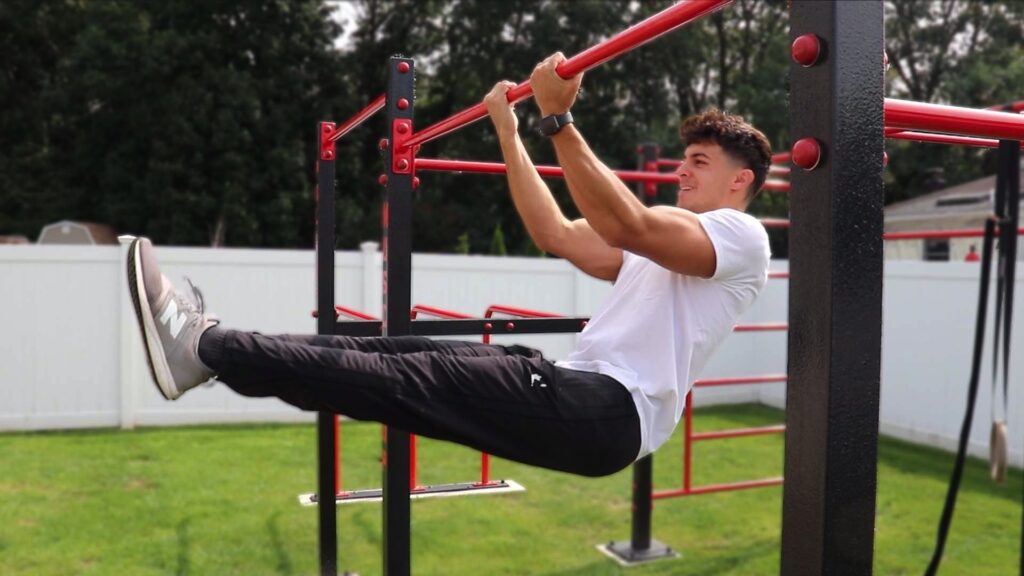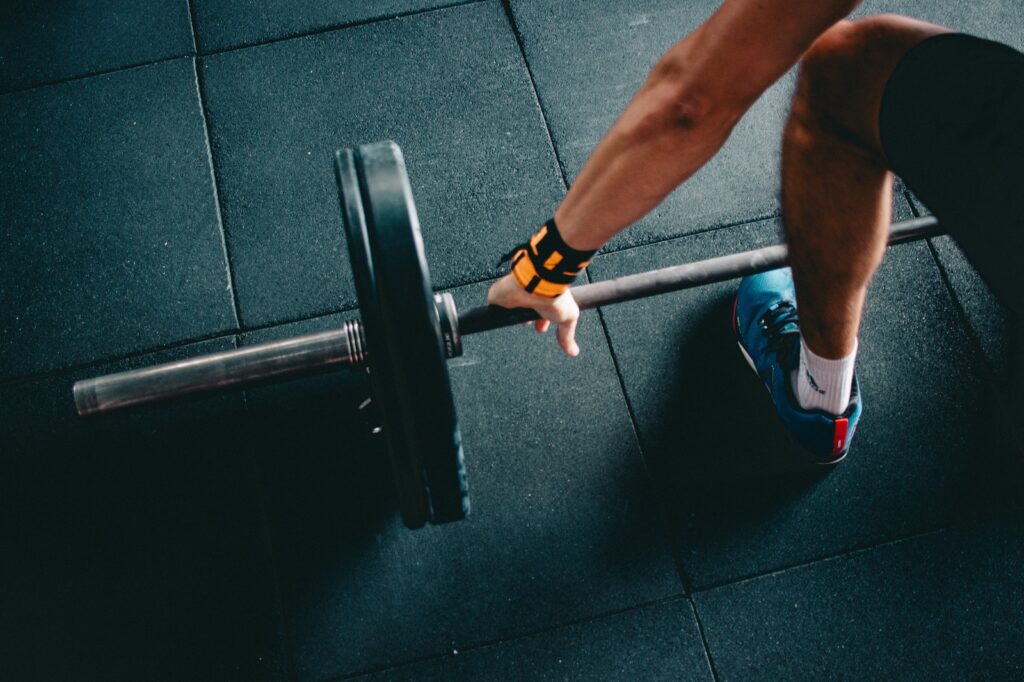Why Most People DON’T Do Calisthenics

Let’s face it—calisthenics is hard. It’s humbling, uncomfortable, and it demands more from your body than just lifting a dumbbell or sitting on a machine. While it has incredible benefits, it also explains why most people avoid it altogether.
Unlike traditional weightlifting, calisthenics requires you to use your body as one complete unit. It’s not about isolating a single muscle. It’s about full-body control, coordination, and mastering your own bodyweight against gravity. This makes every movement more challenging—and more rewarding.
Think about this: it’s much easier to sit on a chest press machine and do a few reps. You’re supported, your range of motion is fixed, and you only need to push in one direction. Now compare that to a ring push-up or a planche progression. Your core is firing, your stabilizers are working overtime, and your body has to stay tight from head to toe.
This is why most people don’t do calisthenics.
It’s not just a workout—it’s a skill. Movements like handstands, muscle-ups, levers, or even clean pull-ups and dips take months or years to develop. There’s no shortcut. You can’t just “add weight.” You have to build strength, control, and technique all at once. That takes time, patience, and discipline.
Another reason people avoid calisthenics is because it’s humbling. You may be able to bench press 250 pounds, but struggle to do 10 clean bodyweight dips or hold a front lever. That ego check is tough for a lot of people to swallow.
But that’s exactly why it’s worth doing.
Calisthenics creates real-world, functional strength. It trains your muscles to work together the way they’re meant to. Your core becomes stronger, your joints become more resilient, and your body moves more efficiently. You don’t just get stronger—you move better.
Yes, it’s easier to go the machine route. Yes, it’s less intimidating. But if you truly want to build a stronger, more capable, and more athletic body, calisthenics will take you there. It just requires a little more patience—and a lot more effort.
You Got This!
Subscribe to our newsletter and be the first to find out about new articles.






